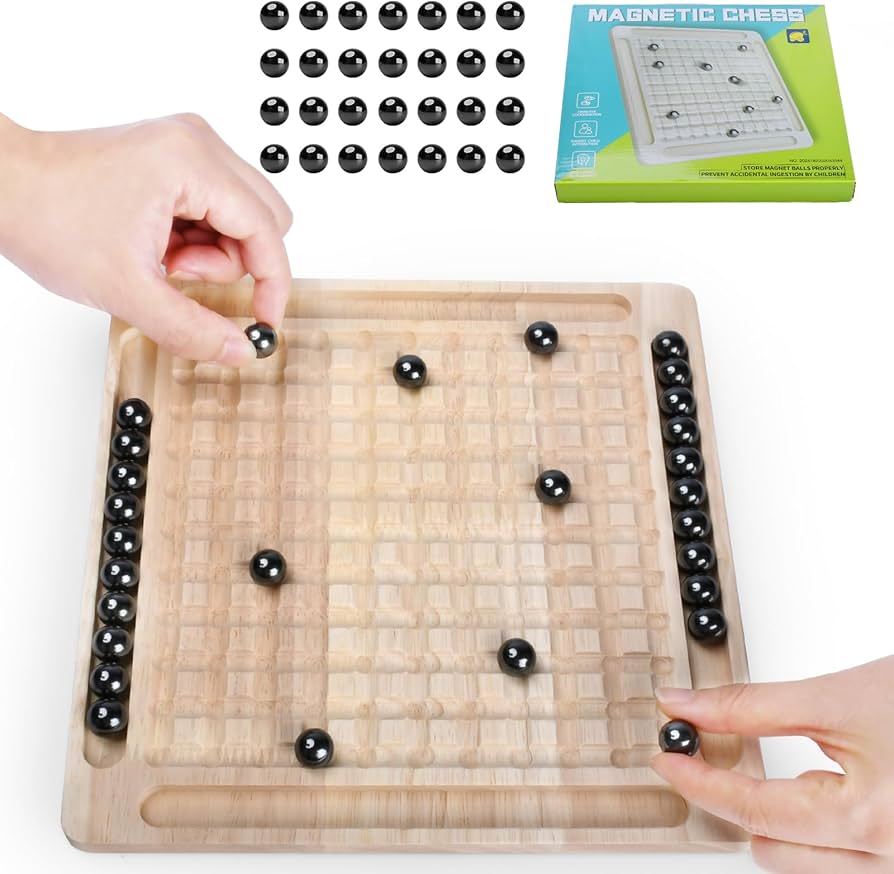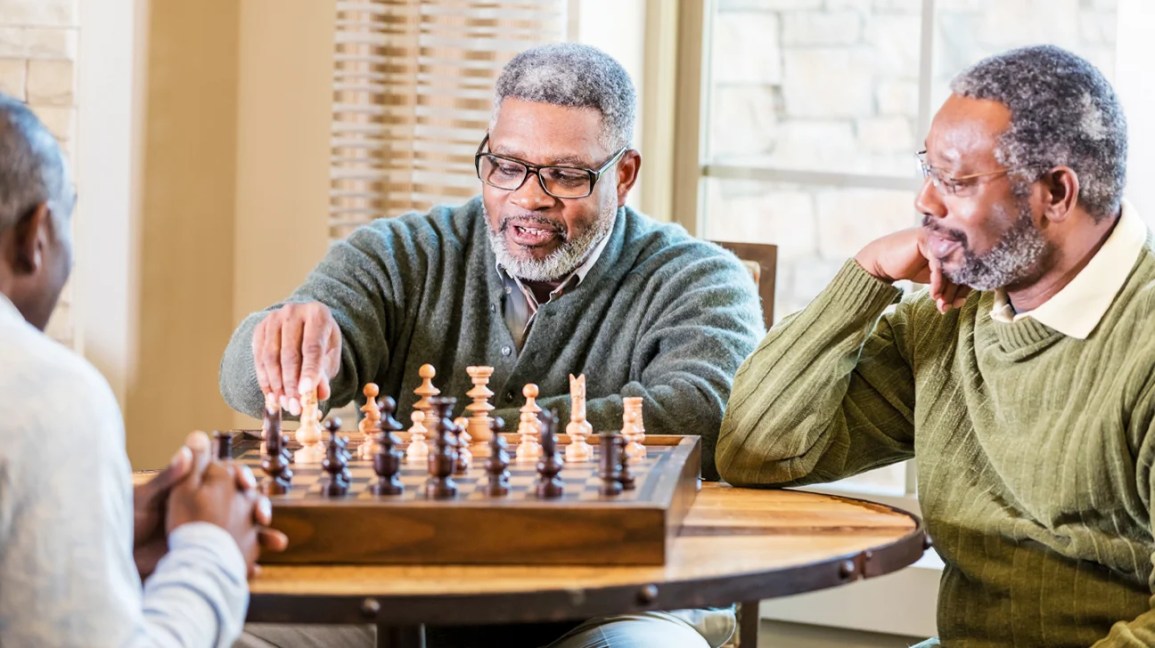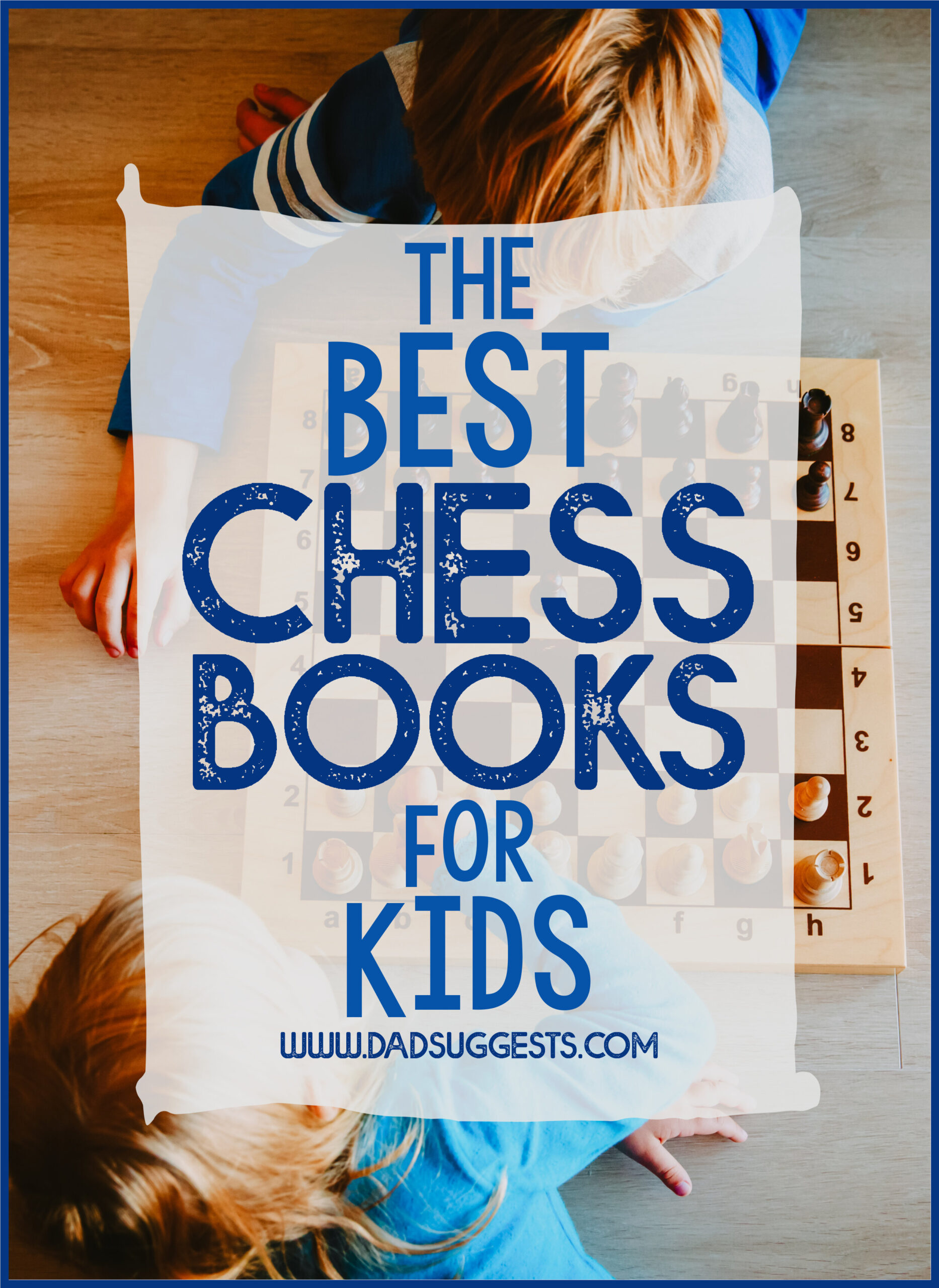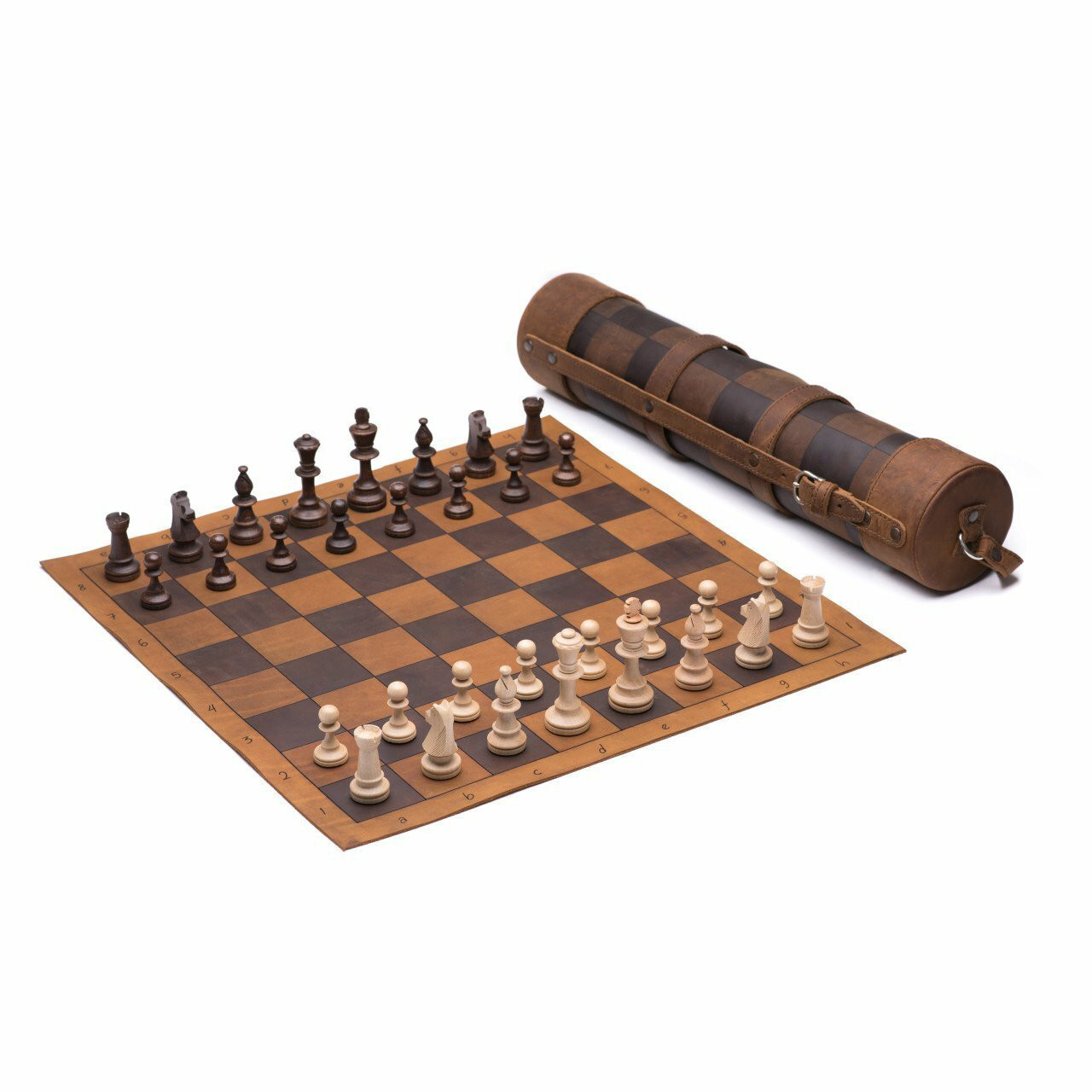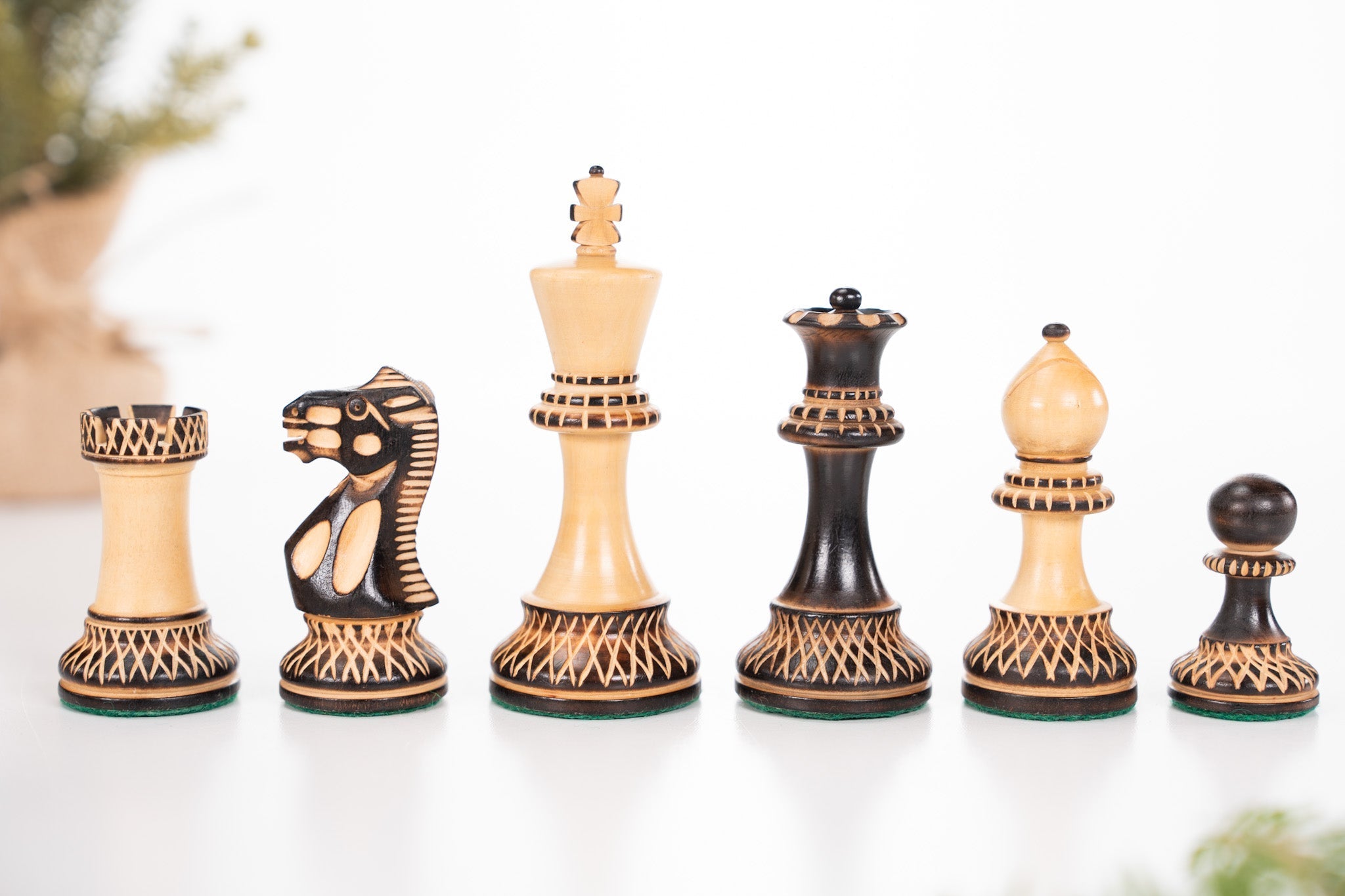The center is crucial in chess. It controls the board and influences the game.
In chess, the center of the board holds great importance. It allows your pieces to move freely and control key areas. By focusing on the center, you can dominate the game and limit your opponent’s options. Controlling the center helps you launch attacks and build a strong defense.
It’s like having a strategic advantage right from the start. Understanding why the center is vital can improve your chess skills and help you win more games. So, let’s explore why the center is so important in chess and how it can make a difference in your strategy.
Importance Of The Center
The center of the chessboard is crucial. It holds significant importance in chess strategy. Controlling the center can lead to dominance in the game. Many experienced players focus on this area first. Let’s explore why the center is so important.
Control And Influence
Pieces in the center control more squares. This gives them greater influence. For example, a knight in the center can move to eight different squares. But a knight on the edge has fewer options. Central control allows you to dictate the pace of the game.
Also, controlling the center restricts your opponent’s moves. It limits their space and options. This can force them into a defensive position. And you gain the upper hand.
Strategic Advantage
A strong central presence leads to a strategic advantage. It supports both offense and defense. From the center, your pieces can quickly reach any part of the board. This flexibility is key in both attacking and protecting your pieces.
Central control also makes it easier to create threats. You can launch attacks from multiple angles. This keeps your opponent guessing and under pressure. With a solid center, you can develop your pieces more effectively.
In summary, the center holds great importance in chess. It offers control, influence, and strategic benefits. Focusing on the center can greatly improve your game.
Central Control In Opening
In chess, controlling the center is crucial during the opening. The central squares (d4, d5, e4, e5) are the battlefield. Strong control of these squares gives you a strategic advantage. Let’s explore why central control in the opening is so important.
Popular Opening Moves
Popular opening moves aim to control the center. Here are some common ones:
- 1. e4 – This move controls the d5 square and opens lines for the queen and bishop.
- 1. d4 – Controls the e5 square and opens lines for the queen and bishop.
- 1. Nf3 – This move targets the central squares d4 and e5.
- 1. c4 – Controls the d5 square and prepares for further central control.
These moves help establish a strong presence in the center early in the game.
Common Strategies
Several strategies in the opening phase focus on central control:
- Occupying the Center – Place your pawns on central squares.
- Developing Pieces – Develop your knights and bishops to control central squares.
- Castling – Secure your king and connect your rooks for better central control.
- Preventing Opponent’s Control – Counter your opponent’s central control with your pieces.
Here’s a table summarizing these strategies:
| Strategy | Description |
|---|---|
| Occupying the Center | Place pawns on d4, d5, e4, e5. |
| Developing Pieces | Move knights and bishops towards the center. |
| Castling | Protect the king and connect rooks. |
| Preventing Opponent’s Control | Counter with your own pieces. |
Employing these strategies helps establish dominance in the center.
Midgame Dominance
The midgame in chess is often where battles are won or lost. Dominating the center during this phase can give a player a significant advantage. Control of the center allows for better piece coordination and flexibility. This section will explore why the center is crucial in the midgame, focusing on key tactics and transitions.
Center Control Tactics
Effective center control tactics can shape the course of the game. Placing pawns and pieces in the center restricts the opponent’s movement. Knights and bishops become more powerful when centrally located. Rooks can support central pawns and control open files.
Use pawns to create strongholds in the center. Advance them carefully to avoid overextension. Place knights on central squares like e5 and d5. They control critical squares and put pressure on the opponent. Bishops on open diagonals can dominate the center and support attacks.
Transitioning From Opening
Transitioning from the opening to the midgame smoothly is essential. Begin by developing pieces towards the center. This sets the stage for midgame dominance. Avoid moving the same piece multiple times unless necessary.
Ensure your king is safe before launching central attacks. Castling often provides the king safety and connects the rooks. Coordinate your pieces to work together. This improves their effectiveness in the center.
Identify weaknesses in the opponent’s central control. Target these weaknesses to gain an advantage. Use your pawns and pieces to challenge and disrupt their central position. This creates opportunities for tactical plays.

Credit: chessfox.com
Endgame Implications
The center of the chessboard plays a crucial role in the endgame. As pieces are traded off, the remaining forces must maneuver efficiently. Control of the center can be the difference between victory and defeat. Let’s delve into why the center is so important during the endgame, focusing on piece mobility and king safety.
Piece Mobility
In the endgame, having centralized pieces means they can move to any part of the board quickly. This allows for better control and flexibility. Central squares enable knights and bishops to cover more ground. For example, a knight on d4 can reach more squares than a knight on the edge.
| Piece | Central Position | Edge Position |
|---|---|---|
| Knight | 8 possible moves | 2-4 possible moves |
| Bishop | 14 possible moves | 7 possible moves |
Keeping pieces in the center also helps with coordination. They can support each other better, making it easier to launch attacks or defend key squares. This strategic positioning often leads to a stronger endgame.
King Safety
In the endgame, the king becomes an active piece. A centralized king can move to either side of the board quickly. This is vital for both defense and offense. A king in the center can control more squares, making it harder for the opponent to penetrate your position.
- Central squares give the king more flexibility.
- A central king can support pawns more effectively.
- It can quickly switch between attacking and defending.
Keeping the king safe yet active is crucial. Controlling the center helps achieve this balance. The king can often move to safety while still influencing the game.
Central Pawns
The central pawns play a crucial role in chess. They control the center and dictate the flow of the game. Understanding their importance can elevate your strategy and boost your winning chances.
Pawn Structure
The pawn structure in the center shapes your game plan. A strong, well-placed pawn structure can make or break your position. Central pawns on e4 and d4 (or e5 and d5 for Black) create a solid foundation. They control key squares and restrict the opponent’s pieces.
Consider this table illustrating common central pawn structures:
| Structure | Pros | Cons |
|---|---|---|
| Open Center |
|
|
| Closed Center |
|
|
Pawn Breaks
Executing pawn breaks in the center can change the game. A well-timed pawn break opens lines and creates opportunities. For example, pushing the d-pawn to d4 or the e-pawn to e5 can disrupt your opponent’s plans.
Here are steps for effective pawn breaks:
- Prepare your pieces for support.
- Identify your opponent’s weaknesses.
- Push your pawn to create open lines.
Incorporating these strategies will keep your opponent on the back foot. Always look for chances to break the center and seize control.
:max_bytes(150000):strip_icc()/basic-principles-of-chess-openings-611601-control-the-center-color02-32d16b73128e45f5b299ad4dae87308e.png)
Credit: www.thesprucecrafts.com
Piece Placement
In chess, the placement of pieces plays a crucial role in determining the game’s outcome. Strategically placing your pieces in the center can provide greater control and flexibility. Let’s explore how different pieces should be positioned for maximum advantage.
Knight And Bishop Positioning
Knights are most effective when placed in the center. A knight in the center can control up to eight squares. This is much better than a knight on the edge, which controls fewer squares.
Bishops also thrive in the center. Central bishops can cover long diagonals, allowing for greater mobility. This makes it easier to attack or defend multiple areas of the board.
Placing knights and bishops in the center ensures they have the most influence on the game. This strategic positioning can help you dominate the board and put pressure on your opponent.
Rook And Queen Roles
Rooks are powerful when they control open files or ranks. Centralizing your rooks can cut off your opponent’s movement and create strong attacking lines.
The queen is the most versatile piece. In the center, the queen can move in any direction, making it a formidable force. A central queen can support attacks and quickly switch between offense and defense.
Utilizing rooks and the queen in the center maximizes their potential. This allows for better coordination and stronger attacks, giving you an edge over your opponent.
Common Mistakes
Chess is a game of strategy and control. One crucial aspect is the center. Many players make common mistakes that can cost them the game. Understanding and avoiding these mistakes is key to improving your chess skills.
Ignoring The Center
One frequent mistake is ignoring the center. Players often focus on the sides, neglecting the central squares. This can lead to weak positions. The center allows your pieces more mobility. Control over these squares gives you a strategic advantage.
Consider the following example:
| Scenario | Outcome |
|---|---|
| Player A controls the center | More options for attacks and defense |
| Player B ignores the center | Limited movement and weaker position |
Always aim to place your pawns and pieces in the center. This helps you control the game and keeps your opponent on the back foot.
Premature Attacks
Another common mistake is premature attacks. Players rush to attack without proper preparation. This can backfire. Your opponent can easily counter and gain the upper hand.
To avoid this, follow these steps:
- Develop your pieces.
- Secure the center.
- Coordinate your attack.
Here’s an example of a premature attack:
Player A attacks early with a knight. Player B has well-placed pawns and pieces. Player B counters and wins the knight. Player A is now at a disadvantage.
Remember, patience is key. Build a strong position before launching an attack.
Examples From Grandmaster Games
The center is the heart of the chessboard. Controlling it is crucial. Grandmasters know this well and their games show why. Let’s explore some examples from grandmaster games.
Classic Matches
In classic chess matches, the center has always been key. A famous game is Bobby Fischer vs. Boris Spassky in 1972. Fischer’s control of the center was evident. He used his pawns to dominate. Spassky struggled to find good moves.
Another example is Paul Morphy‘s game against the Duke of Brunswick and Count Isouard. Morphy’s central control led to a swift victory. His pieces moved freely. The opponents were cramped and unable to counter.
| Game | Year | Central Control |
|---|---|---|
| Fischer vs. Spassky | 1972 | Dominant |
| Morphy vs. Duke and Count | 1858 | Swift Victory |
Modern Games
Modern chess also highlights the center’s importance. In the 2018 World Championship, Magnus Carlsen faced Fabiano Caruana. Carlsen’s central control was clear. His pieces were active and well-placed.
Another modern game to note is Garry Kasparov vs. Veselin Topalov in 1999. Kasparov’s control of the center allowed him to launch a powerful attack. Topalov’s pieces were forced to defend.
- Magnus Carlsen vs. Fabiano Caruana – 2018
- Garry Kasparov vs. Veselin Topalov – 1999
These examples show why the center is vital. Grandmasters focus on it for a reason. Their games teach us valuable lessons.

Credit: www.youtube.com
Conclusion
Mastering the center is vital in chess strategy. It offers control and flexibility. Strong center control supports attacks and defense. This area also allows pieces to move freely. Beginners and experts both benefit from focusing on the center. Remember, a strong center can turn the tide of the game.
Practice controlling the center in your matches. Your chess skills will improve with time. Stay patient and keep learning. Happy playing!

